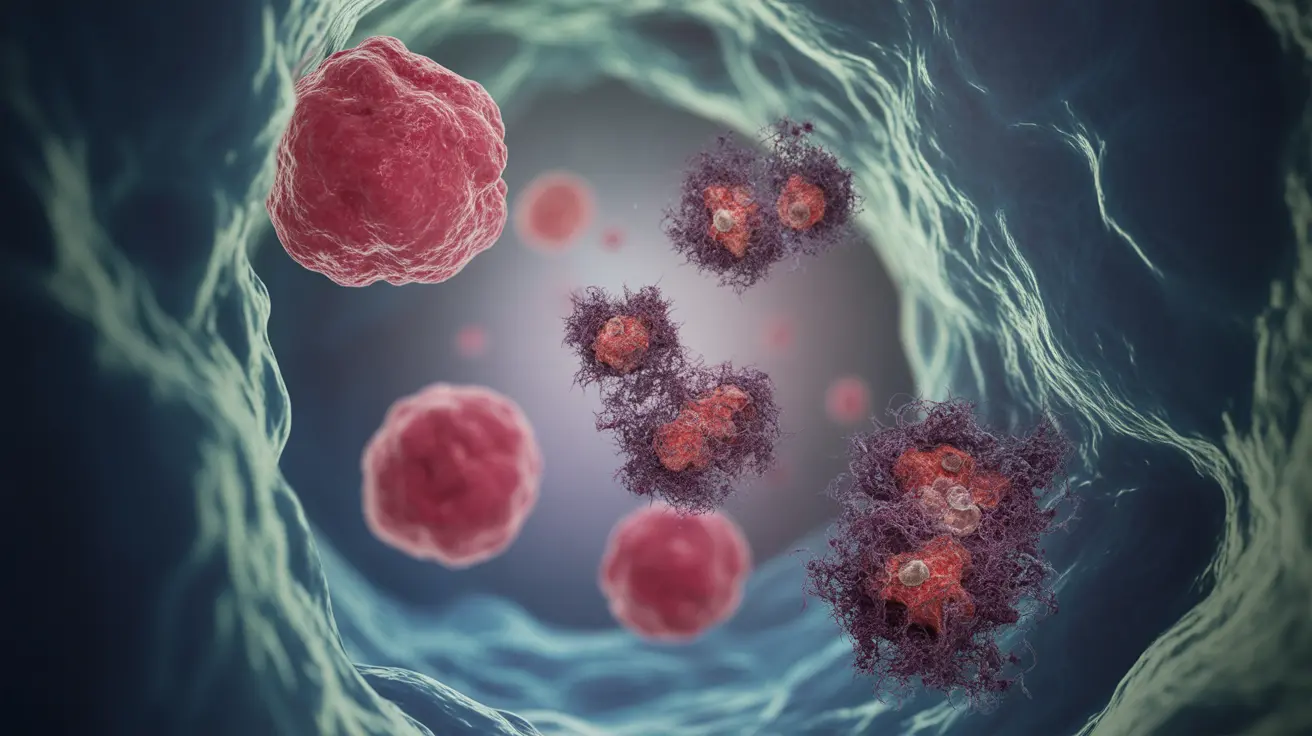Human Papillomavirus (HPV) infections are incredibly common, but not all infections lead to cancer. Understanding the relationship between high-risk HPV strains and cancer development is crucial for both prevention and peace of mind. This comprehensive guide explores the likelihood of HPV progressing to cancer and the factors that influence this progression.
Understanding High-Risk HPV Types
High-risk HPV types, particularly HPV-16 and HPV-18, are known for their potential to cause cellular changes that may lead to cancer. These strains are responsible for approximately 70% of cervical cancers worldwide, though it's important to note that most infections clear naturally without causing serious problems.
The Statistics Behind HPV Cancer Progression
Research shows that only a small percentage of high-risk HPV infections actually progress to cancer. Approximately 90% of HPV infections clear within two years without intervention. Of the remaining persistent infections, only a fraction develops into precancerous lesions, and an even smaller percentage progresses to invasive cancer.
HPV Types 16 and 18: The Highest Risk Strains
HPV types 16 and 18 carry the greatest cancer risk among all HPV strains. Studies indicate that individuals with persistent HPV-16 infections have about a 40% chance of developing high-grade cervical lesions within 5 years if left untreated. However, regular screening can detect these changes early, significantly reducing cancer risk.
Timeline of HPV Cancer Development
The progression from initial HPV infection to cancer typically occurs over many years, usually 10 to 20 years or more. This extended timeline provides multiple opportunities for detection and intervention through regular screening.
Risk Factors for Cancer Development
Several factors can increase the likelihood of HPV infection progressing to cancer:
- Weakened immune system
- Smoking
- Long-term use of oral contraceptives
- Multiple pregnancies
- Coinfection with other sexually transmitted infections
- Chronic inflammation
Prevention and Early Detection Strategies
Preventing HPV-related cancers involves multiple approaches:
- HPV vaccination before exposure
- Regular cervical cancer screening
- Prompt treatment of precancerous lesions
- Lifestyle modifications to support immune function
- Safe sex practices
- Regular medical check-ups
Frequently Asked Questions
What percentage of high-risk HPV infections persist and have the potential to turn into cancer?
Approximately 10% of high-risk HPV infections become persistent, and of these, only a small percentage have the potential to develop into cancer. The vast majority (90%) of infections clear naturally within two years.
How likely is it that an infection with HPV types 16 or 18 will develop into cancer?
While HPV types 16 and 18 are responsible for most HPV-related cancers, only about 40% of persistent HPV-16 infections develop into high-grade lesions within 5 years. With proper screening and treatment, the risk of these lesions progressing to cancer is significantly reduced.
How long does it typically take for high-risk HPV infections to progress to cancer if they do?
The progression from initial HPV infection to cancer typically takes 10 to 20 years or longer. This slow development provides ample opportunity for detection and intervention through regular screening.
What factors increase the risk of persistent high-risk HPV infection progressing to cancer?
Key risk factors include a weakened immune system, smoking, long-term oral contraceptive use, multiple pregnancies, other STIs, and chronic inflammation. These factors can accelerate the progression from infection to cancer.
How can persistent high-risk HPV infections be prevented or detected early to reduce cancer risk?
Prevention and early detection strategies include HPV vaccination, regular screening tests, practicing safe sex, maintaining a strong immune system through healthy lifestyle choices, and following recommended medical check-up schedules. Early detection through regular screening is particularly crucial for preventing cancer development.




